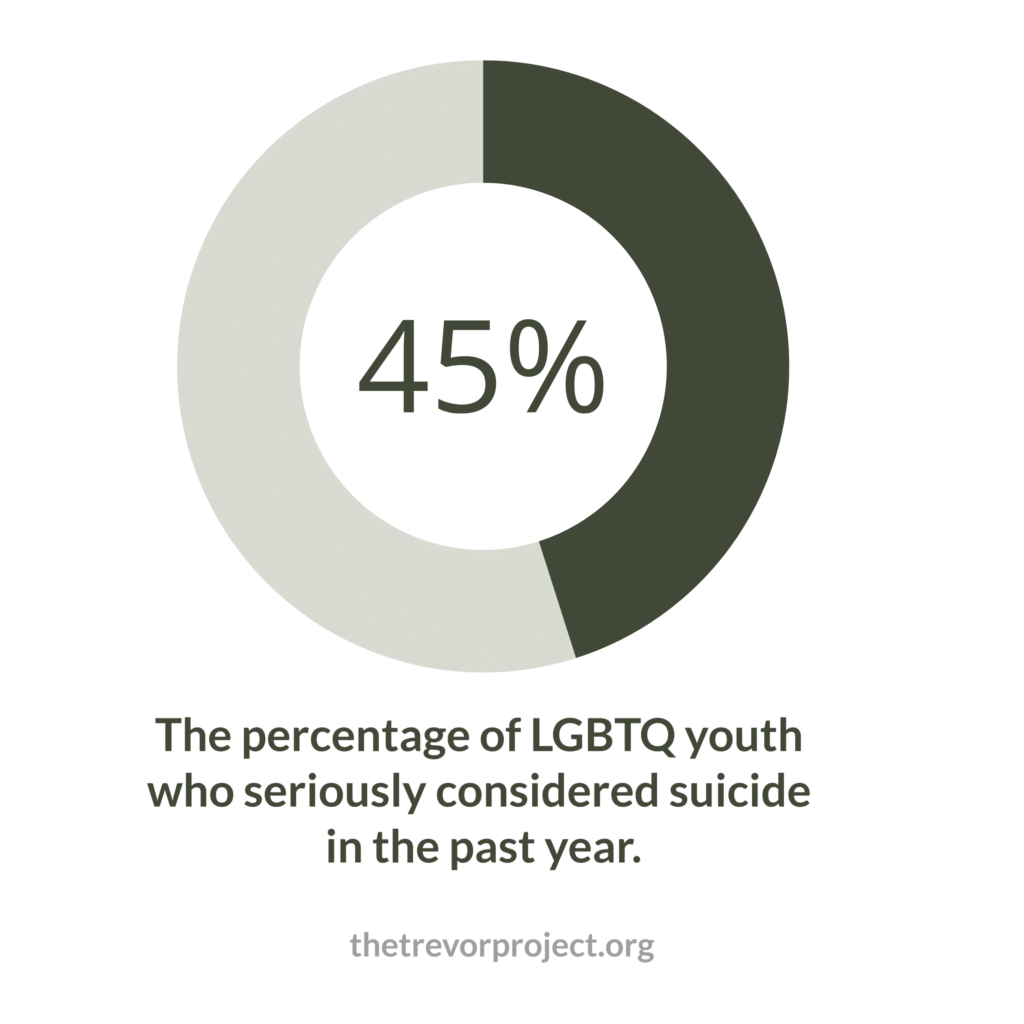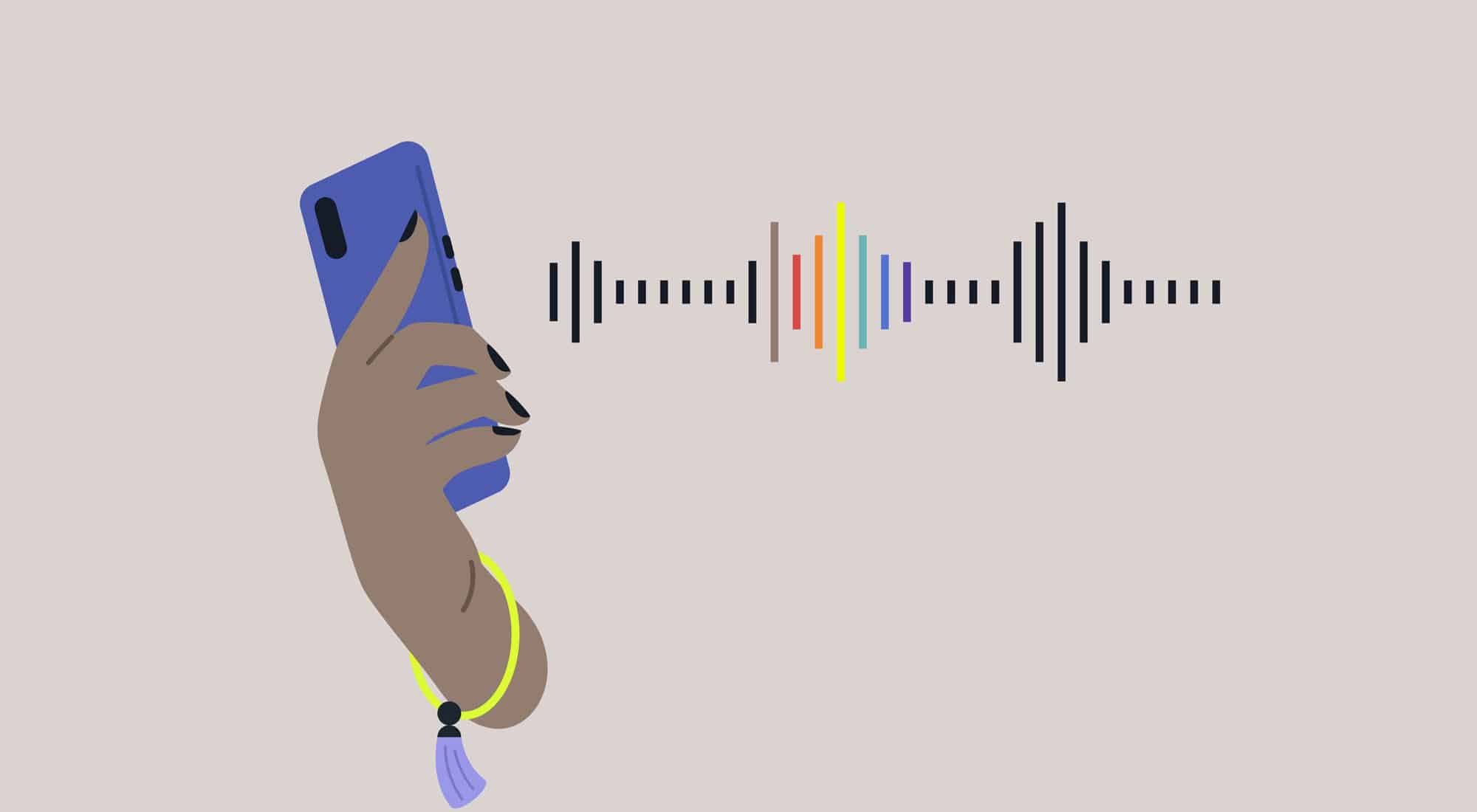By Alanna Hilbink
In 2022, the National Suicide Prevention Lifeline moved from a 10-digit number to a much more accessible three-digit number and became known as the 988 Suicide & Crisis Lifeline. This shift in number and name provided easier access to those in need and more help for more types of crises, from emotional distress to suicidal ideation to substance abuse.
And a year later, this essential emergency service now includes LGBTQ hotline, chat, and text options. This means if you or someone you care about is struggling with mental health or substance use, you have a confidential, culturally competent, and compassionate resource in an emergency.
How Do You Use the LGBTQ Crisis Hotline?
You have access to the 988 LGBTQ hotline 24/7. Simply call or text 988, or start a chat conversation. If you choose to chat or text, you’ll fill out a quick survey to allow a counselor to know where you are in life or crisis. In this survey, you’ll have the option to receive specialized LGBTQ+ support. As with any phone calls made to the 988 lifeline, conversations are confidential and can be anonymous.
Additionally, chat and text options can give you a higher level of discretion and privacy if you live with others, or they can simply be an easier way to access help if speaking with a person seems daunting.
Why Is an LGBTQ Suicide Hotline Important?

The Substance Abuse and Mental Health Services Administration (SAMHSA) found that in 2020, 0.5% of the population attempted suicide, 1.3% made a plan, and 4.9% had serious thoughts of suicide. Such percentages may seem small, but they mean 1.2 million people tried to end their life in 2020 alone. These statistics are heartbreaking and tragic, making suicide among the top 10 causes of death in the United States in 2020, according to the Centers for Disease Control and Prevention (CDC).
And when it comes to our LGBTQIA+ community? The loss is proportionally much, much greater. The Trevor Project reports that 45% of LGBTQ youth “seriously considered suicide” in the past year, and 14% attempted suicide.
And much like the LGBTQ crisis hotline, it’s not only about suicide. Mental health crises look different for everyone, and the LGBTQ+ community is more likely to face them. According to the American Psychiatric Association (APA), “LGBTQ individuals are more than twice as likely as heterosexual men and women to have a mental health disorder in their lifetime. LGBTQ individuals are 2.5 times more likely to experience depression, anxiety, and substance misuse compared with heterosexual individuals.”
Mental health crises look different for everyone, and the LGBTQ+ community is more likely to face them.
You can call the 988 hotline if you are experiencing a crisis related to any mental health or substance use concern. And if you’re not in crisis but are ready to make a positive change in your life, reach out to us at The Meadows to provide inclusive, long-term solutions for overcoming trauma and mental health issues.
LGBTQ+ and Mental Health
Why do these disparities in mental health exist? Much of it comes down to stigma and discrimination. LGBTQ+ individuals do not have the same social support as the rest of the population. The Trevor Project explains that a supportive, accepting family is all it takes to reduce a teen’s suicide risk by more than half, yet so many do not have this resource.
LGBTQ teens and adults alike experience rejection or fear of rejection. There is both internalized and external shame, discrimination, and bullying. There is unique trauma and violence, or fear thereof. The Williams Institute at UCLA School of Law reports, “LGBT people are nine times more likely than non-LGBT people to be victims of violent hate crimes,” and many of these victims are young.
And all of this is exacerbated by difficulties finding affirming — or any — mental healthcare. The Trevor Project revealed that 60% of LGBTQ+ youth wanted mental healthcare but could not get it. Teens shared concerns about discussing mental health, getting parent permission, and being taken seriously. They worried about paying for care, having privacy, and their identities being accepted. When you’re a member of the LGBTQ+ community, it can feel like there are so many stumbling blocks to treatment and recovery.
The Meadows is always a welcoming, accepting, and safe place to find healing.
But you are never without resources. The 988 LGBT suicide hotline is free, discreet, and confidential. And The Meadows is always a welcoming, accepting, and safe place to find healing.
How Do We Find Help for LGBTQ+?
Why do we fall so short when it comes to accepting, loving, and getting help for ourselves or others in the LGBTQIA+ community? Some of it may be that we don’t know where to turn. But please, please know that you are not alone, and you have access to real hope and help for the future.
At The Meadows, we want you here, with us, getting the care you deserve. All of our services are culturally sensitive, identity-affirming, and confidential. Reach out and find support, community, and healing today.

